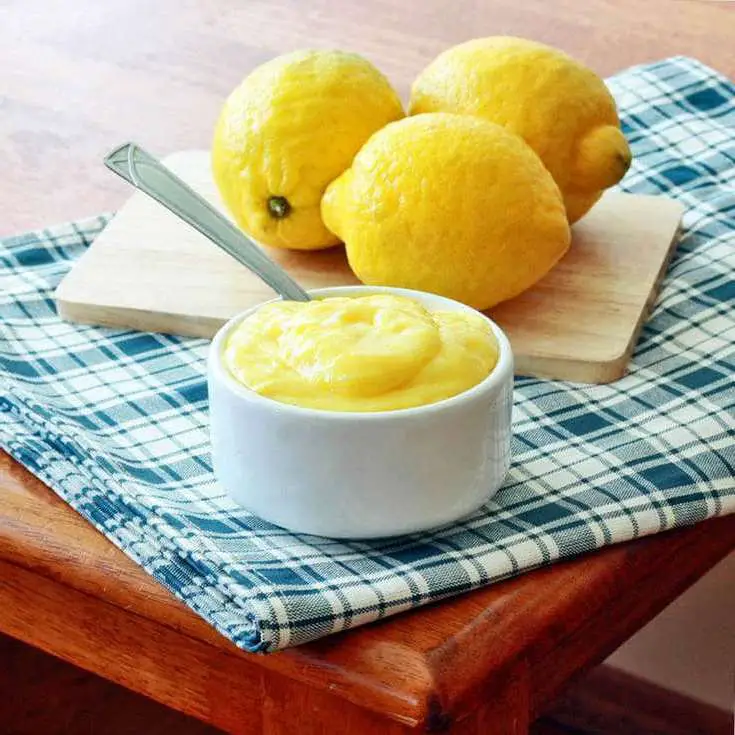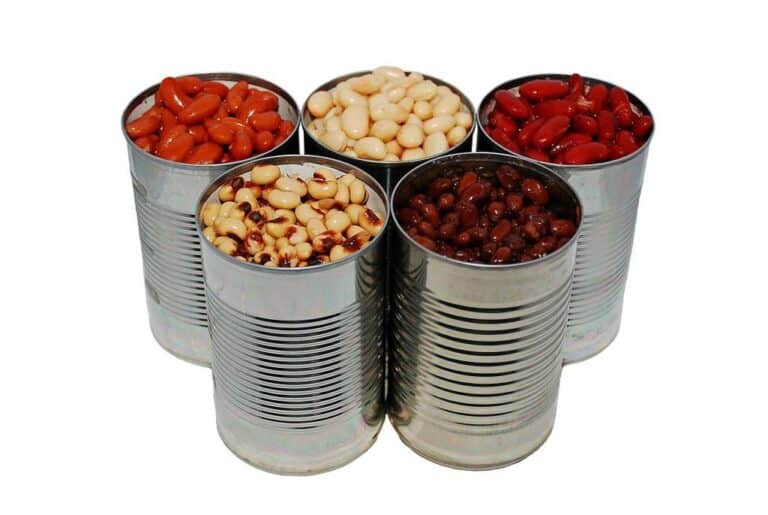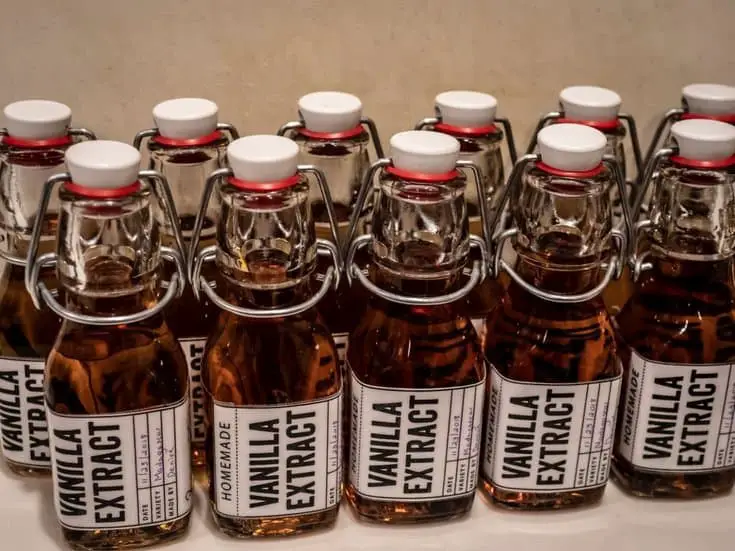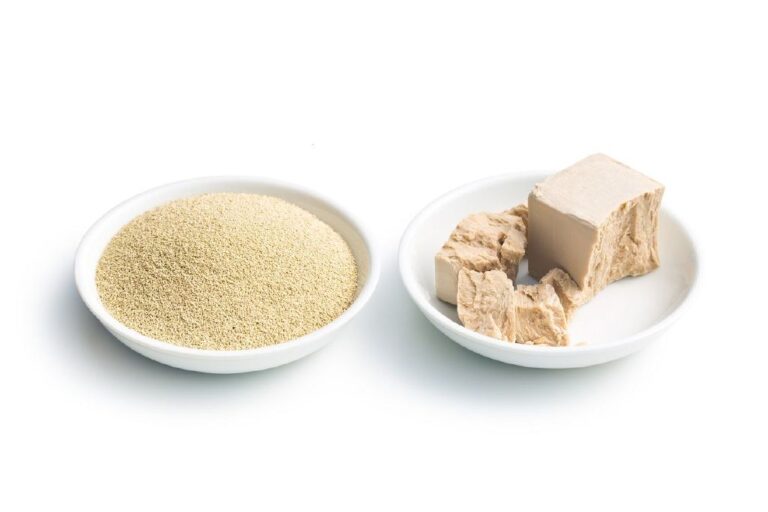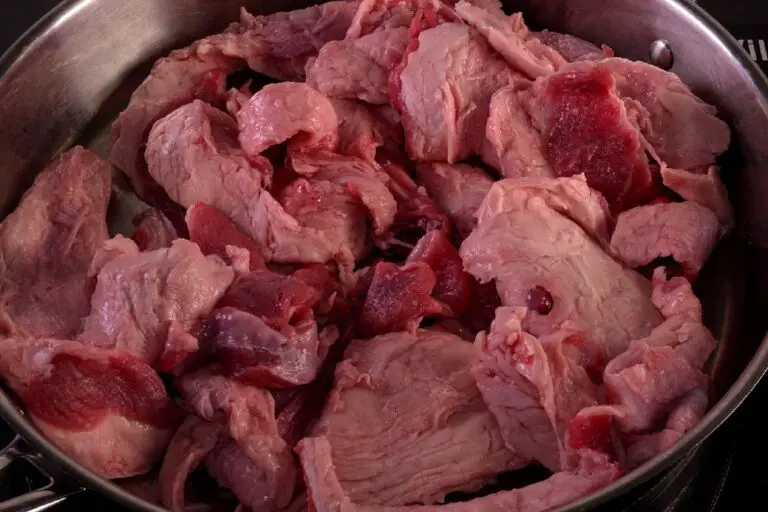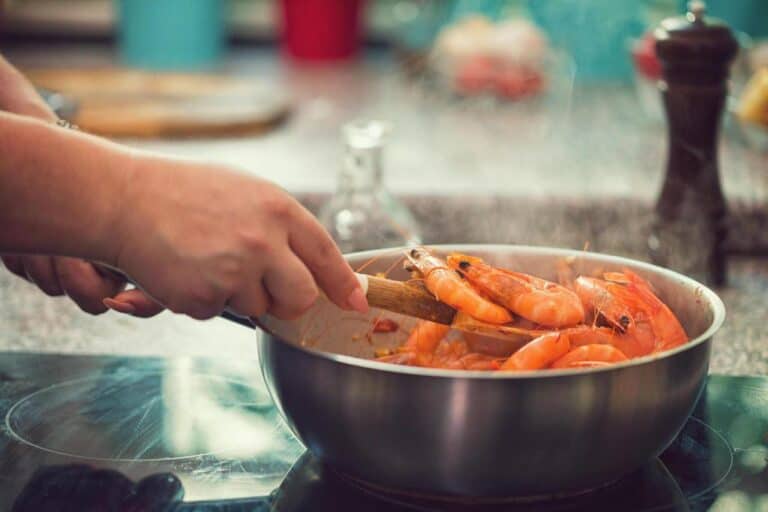Scrapple or Bacon: Which One Tastes Better and Healthier for You?
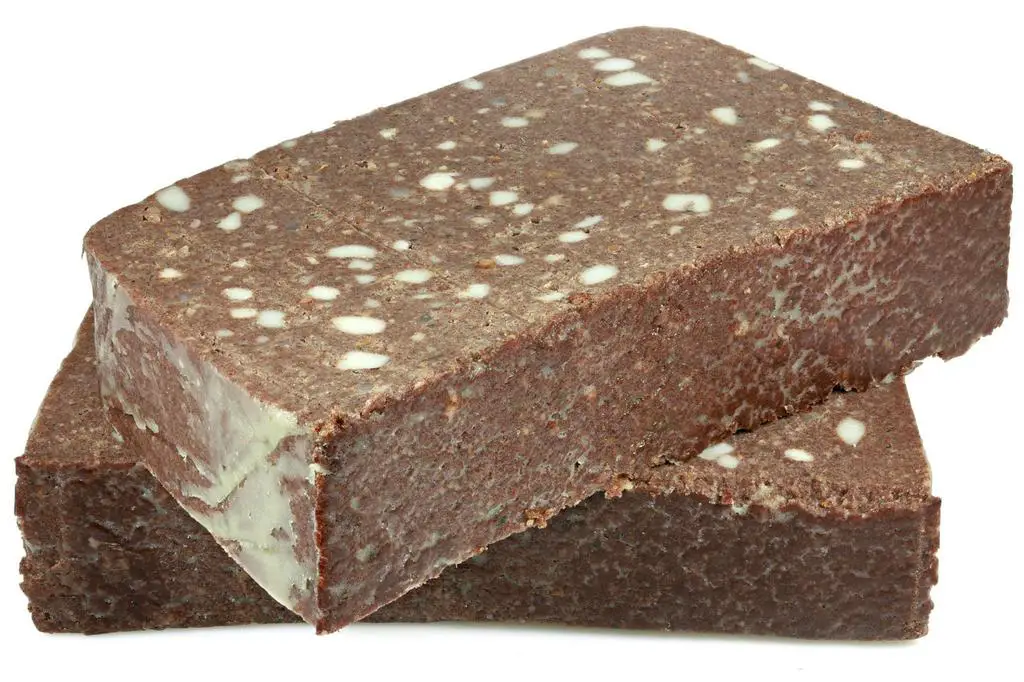
The alarm clock rings, and the aroma of sizzling bacon wafts through the air—a quintessential breakfast delight that promises a day of indulgence. But what if there’s another contender on the scene, one that’s both tantalizing and slightly mysterious?
Scrapple, the underdog of the breakfast table, has begun to make its mark in the morning culinary world. So, which one tastes better and is healthier between scrapple and bacon? In the timeless debate between scrapple and bacon, it’s not just about taste but also about nutrition. Which one will tantalize your taste buds and align with your health goals?
As we embark on this flavorful journey, we’ll peel back the layers of these two breakfast classics. We’ll uncover their nutritional profiles and explore the depths of their distinctive flavors.
It’s not just a choice between two breakfast meats; it’s a culinary adventure that combines savory sensations with health-conscious decisions. So join us as we delve into the scrapple or bacon dilemma, leaving no slice unturned, to find the perfect breakfast companion.
Definition and Origins
Scrapple
Scrapple, a unique delicacy with deep roots in American culinary history, is a pork-based breakfast meat that evokes a sense of tradition and comfort. Originating in Pennsylvania Dutch country, it’s a delightful amalgamation of pork scraps, cornmeal, and an assortment of spices.
This mixture is simmered until it reaches a thick, porridge-like consistency, and then it’s poured into molds to solidify. The result? A golden-brown loaf that’s sliced, pan-fried, and served hot creates a crispy exterior with a delightfully tender interior.
Bacon
On the other side of the breakfast spectrum, bacon reigns as the undisputed champion of sizzle and smokiness. This savory delight has an extensive history, dating back to ancient Rome and beyond.
Bacon typically comes from cured and smoked pork belly, though you’ll also find variations made from other cuts of pork, like back or loin. The production process involves curing the meat with salt and nitrites, which preserves it and imparts the classic bacon flavor. It’s then either hot-smoked or cold-smoked to enhance its taste. The result? Crispy, delicious strips that are the perfect balance of salty, smoky, and savory.
The Breakfast Battle
Nutrition: A Side-by-Side Comparison
Let’s start our journey with a head-to-head nutrition comparison of scrapple and bacon.
| Nutrient (per 100g) | Scrapple | Bacon |
| Calories | 185 | 42 |
| Protein | 9g | 3.5g |
| Fat | 10g | 3.4g |
| Carbohydrates | 13g | 0g |
| Fiber | 0.7g | 0g |
| Sodium | 730mg | 1400mg |
| Cholesterol | 35mg | 28mg |
Scrapple may pack more calories and carbohydrates, but it’s important to consider the source of these macronutrients. While bacon is higher in fat and protein content, scrapple offers more carbohydrates. For those watching their carb intake, bacon could be the preferred choice.
Protein Content
If you’re looking to boost your protein intake, bacon takes the lead. It provides a notable 3.5g of protein per 100g, making it an attractive option for those focused on muscle recovery and growth. Scrapple, with 9g of protein, is no slouch in this department either.
Calories and Fat
Bacon is the clear winner if you’re keeping an eye on your calorie and fat intake. With a mere 42 calories and 3.4g of fat per 100g, it’s a leaner choice compared to scrapple, which has 185 calories and 10g of fat.
Carbohydrates and Fiber
For low-carb and keto enthusiasts, bacon is the preferred choice as it contains virtually no carbohydrates. Scrapple, on the other hand, provides 13g of carbohydrates and a small amount of fiber.
Sodium and Cholesterol
Both scrapple and bacon have a relatively high sodium content, but bacon takes the sodium crown with 1400mg per 100g. Scrapple, with 730mg of sodium, is a slightly better choice for those watching their salt intake. Cholesterol levels are comparable between the two.
Taste Profile and Flavor Showdown
Bacon: The Crispy Classic
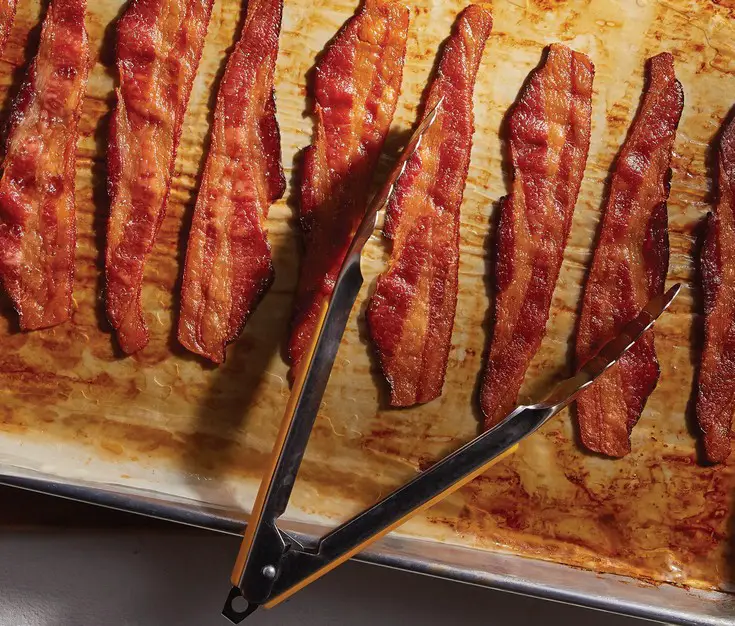
Bacon, the breakfast superstar, is famous for its crispy, smoky, and slightly salty flavor. The sizzling sound as it cooks is almost as enticing as its aroma. Whether you prefer it chewy or crispy, bacon has a delightful texture that’s tough to beat.
Scrapple: A Flavorful Puzzle
Scrapple has a distinct flavor profile that combines savory, spicy, and sometimes even sweet notes. Made from pork scraps and cornmeal, it has a unique, grainy texture. It’s a blank canvas for flavor, making it highly adaptable to different seasonings and cooking techniques.
The Verdict: It’s All About Preference
In the scrapple vs. bacon flavor showdown, there’s no clear winner. It ultimately comes down to personal taste. If you savor the smokiness and crispy texture of bacon, you’ll likely choose it. On the other hand, if you enjoy a hearty, spiced flavor and don’t mind a slightly grainy texture, scrapple may be your favorite.
Making an Informed Choice
Health Considerations
It’s essential to base your choice on your health goals and dietary preferences. Here are a few key points to consider:
- Calorie Control: If you’re on a calorie-restricted diet, bacon is the winner due to its lower calorie content.
- Protein Boost: Bacon offers a notable protein boost, which can be ideal for athletes and those aiming to increase their protein intake.
- Low-Carb Diets: If you’re following a low-carb or keto diet, bacon is the better option due to its negligible carbohydrate content.
- Sodium Sensitivity: Scrapple has less sodium than bacon, making it a better choice for those watching their salt intake.
Balanced Approach
If you can’t choose between scrapple and bacon, there’s another solution: a balanced approach. You can enjoy both in moderation to satisfy your taste buds and nutritional needs.
Conclusion
The scrapple vs. bacon debate isn’t as simple as declaring a single winner. Each has its own merits and flavors. Your choice should align with your dietary goals and, most importantly, your taste preferences.
Whether you savor the sizzle of bacon or the unique charm of scrapple, breakfast is a time to indulge in a culinary experience that delights your palate.
FAQs on Scrapple vs. Bacon: Pork-based Meat Comparison
Is scrapple healthier than bacon?
Scrapple is often considered less healthy than bacon due to its higher fat and calorie content. While both are processed meats, bacon typically has a slightly lower calorie count and fat content compared to scrapple. However, both should be consumed in moderation as part of a balanced diet.
How is scrapple different from bacon?
Scrapple is a pork-based loaf made from scraps of meat and cornmeal, while bacon is thinly sliced, cured, and smoked pork bacon. Scrapple is more of a meat pudding, while bacon is a distinct meat product. They differ significantly in texture, taste, and preparation methods.
Can you substitute scrapple for bacon in recipes?
While scrapple can be used as a substitute for bacon in some recipes, it’s important to consider the differences in texture and flavor. Scrapple has a denser, grainier texture and a distinct taste compared to bacon, so it may alter the final dish’s overall flavor profile.
What are the origins of scrapple and bacon?
Scrapple has its origins in Pennsylvania Dutch cuisine, while bacon has a long history dating back to ancient times, with various versions found across different cultures. Scrapple emerged as a way to utilize leftover pig parts, while bacon was initially a way to preserve meat.
What are some popular recipes using scrapple and bacon?
Popular recipes featuring scrapple include scrapple and eggs, scrapple sandwiches, and scrapple with maple syrup. Bacon is commonly used in breakfast dishes like bacon and eggs, as well as in salads, sandwiches, and as a flavor enhancer in various recipes.
Can scrapple and bacon be part of a healthy diet?
While both can be enjoyed in moderation, it’s essential to consider their high sodium and fat content. Opt for leaner cuts of bacon and consume scrapple sparingly. Incorporate these items into a balanced diet that emphasizes whole grains, fruits, vegetables, and lean proteins.
What are the main nutritional differences between scrapple and bacon?
Scrapple typically has higher calorie and fat content compared to bacon. Scrapple often contains a higher proportion of carbohydrates due to the cornmeal, while bacon primarily consists of fat and protein. Both should be consumed in moderation due to their high sodium content.
Are there any vegetarian or healthier alternatives to scrapple and bacon?
For vegetarian alternatives, consider plant-based options like tempeh, tofu, or seitan, which can mimic the texture and flavor of scrapple and bacon. Healthier alternatives include lean cuts of meat or turkey bacon, which generally have lower fat and calorie content compared to traditional bacon and scrapple.
What are the key factors to consider when choosing between scrapple and bacon?
Consider factors such as nutritional content, personal dietary preferences, and taste preferences when choosing between scrapple and bacon. Additionally, take into account the role of each in the overall meal and how they contribute to the dish’s texture and flavor.
How can I reduce the environmental impact of consuming scrapple and bacon?
To minimize the environmental impact, opt for products from sustainable and ethically sourced sources. Choose products from local, organic, and small-scale producers to support sustainable practices. Additionally, reducing overall meat consumption and incorporating more plant-based meals can help reduce the environmental footprint associated with scrapple and bacon production.

